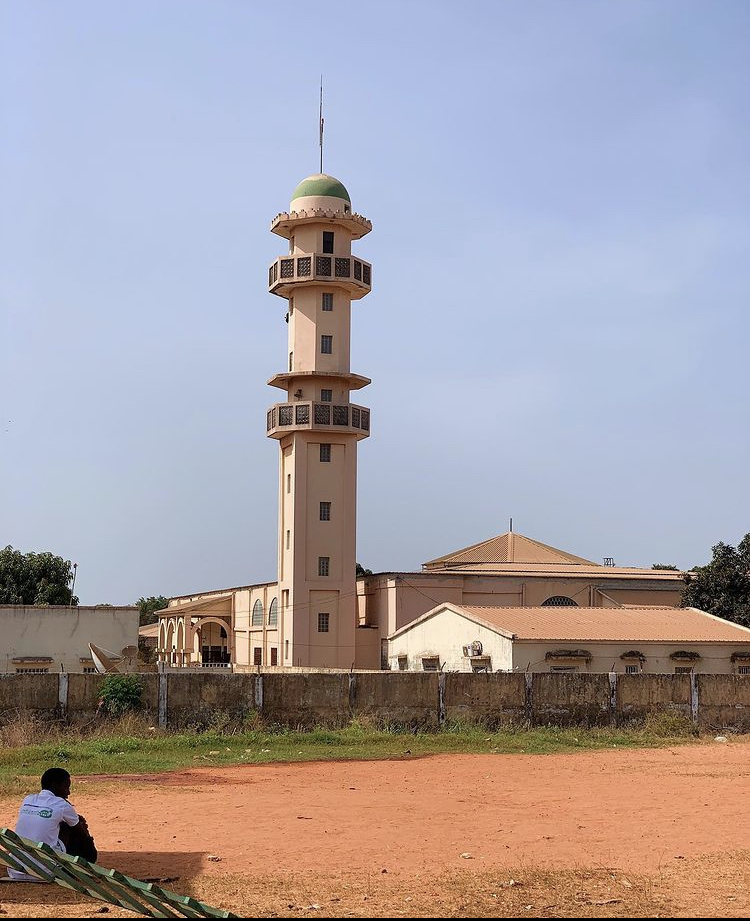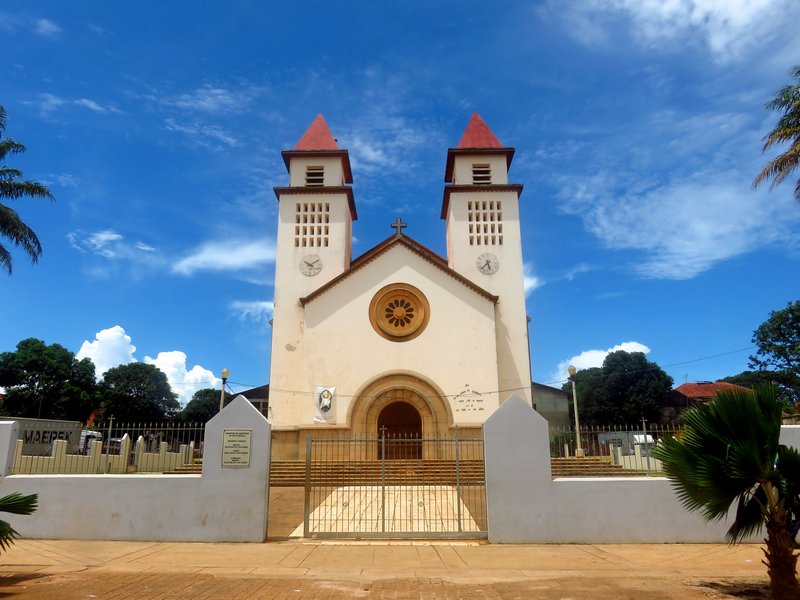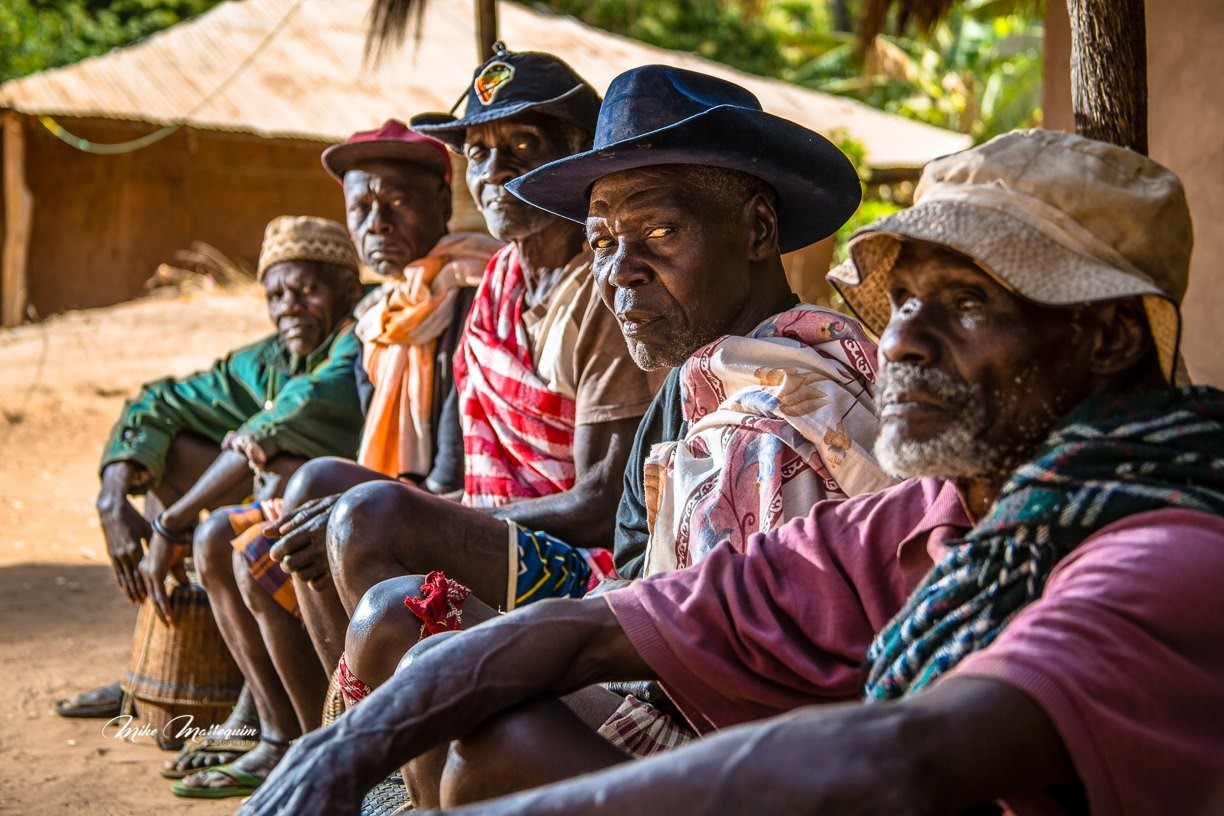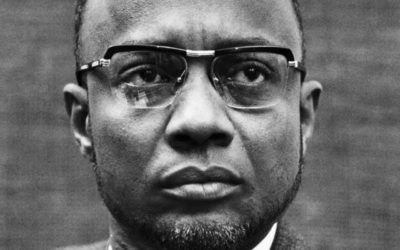Religion in Guinea-Bissau
Due to various migratory flows and trade routes that have crossed Guinean territory over the centuries, there is great religious pluralism in Guinea-Bissau. Although the 1973 Constitution protected the right of the population to practice any religion, there was no legal recognition of religious organizations. The Constitution of the Republic of Guinea-Bissau of 1980 formally declares religious freedom in a secular state.
Three religions can be highlighted in the history of Guinea-Bissau: the African-oriented religion, which was granted by the first human occupants of the region; the Muslim orientation, which was disseminated through the expansion from east to west from the thirteenth century; that of Catholic orientation, which arose from the sixteenth century, in the coastal centers of Farim, Geba, Bolama and Cacheu, through the action of Creole Christian society.
Islam
Currently, almost half (45%) of the population of Guinea-Bissau practices the Muslim religion, following the values of Islam. Some researchers talk about the “Muçulmanization” of Guinean society as a possible consequence of a certain economic power in the east of the country, in addition to the acquisition of knowledge through the written mastery of the Arabic language. As the state cannot respond to the needs of the population in terms of education, families in the east of the country end up sending their children to Quranic schools, where literacy is done in Arabic, making reading the Quran accessible to all.

Central Mosque, Bissau
Source : Instagram / @nubian_rahim
Christianity
The second most important religion in the country is Christianity, accounting for almost 20% of the population. Christianity came to the country with Portuguese merchants and missionaries in the 15th century, but only in coastal regions. To this day, Christianity remains concentrated in the coastal regions of Guinea-Bissau. Although most Christian communities in the country belong to Roman Catholicism, in recent years there has been a significant increase in Protestants and evangelicals, especially among the animist population, which would be the result of missionary work of the churches.

Sé Catedral de Nossa Senhora da Candelária
Source : askgudmundsen / Travelpoints
Animism
Animism, traditional and ancestral African beliefs, represents more than 30% of the population in the country. For the practitioners of animism, spirits are omnipresent, that is, they live in rocks, trees, water, people, and the dead. And it would be the spirits that would give life and protect everything and everyone, being able to fight diseases, droughts and floods, as well as tragedies. However, they would also have the power to punish and cause evil. Animists use amulets for protection and make sacrifices of animals, such as chickens, to please the spirits and conquer objectives.
Source : Instragram / Mike Marroquim
Related articles
History of Guinea-Bissau
Before being colonized by the Europeans, almost the entire territory of Guinea-Bissau was part of the Kingdom of Gabu, tributary of the Empire of Mali, of the Mandingas, which had flourished from 1235. Rich and sumptuous state, it extended between the Senegal River Region and Upper Niger.


